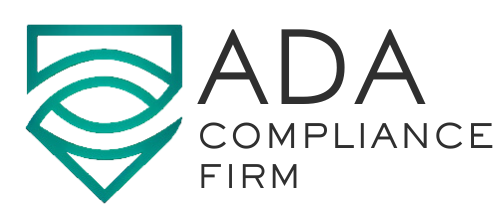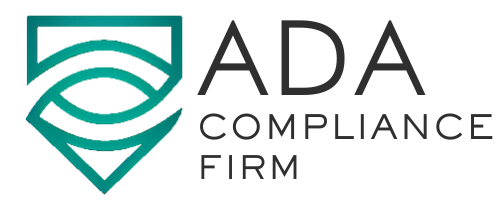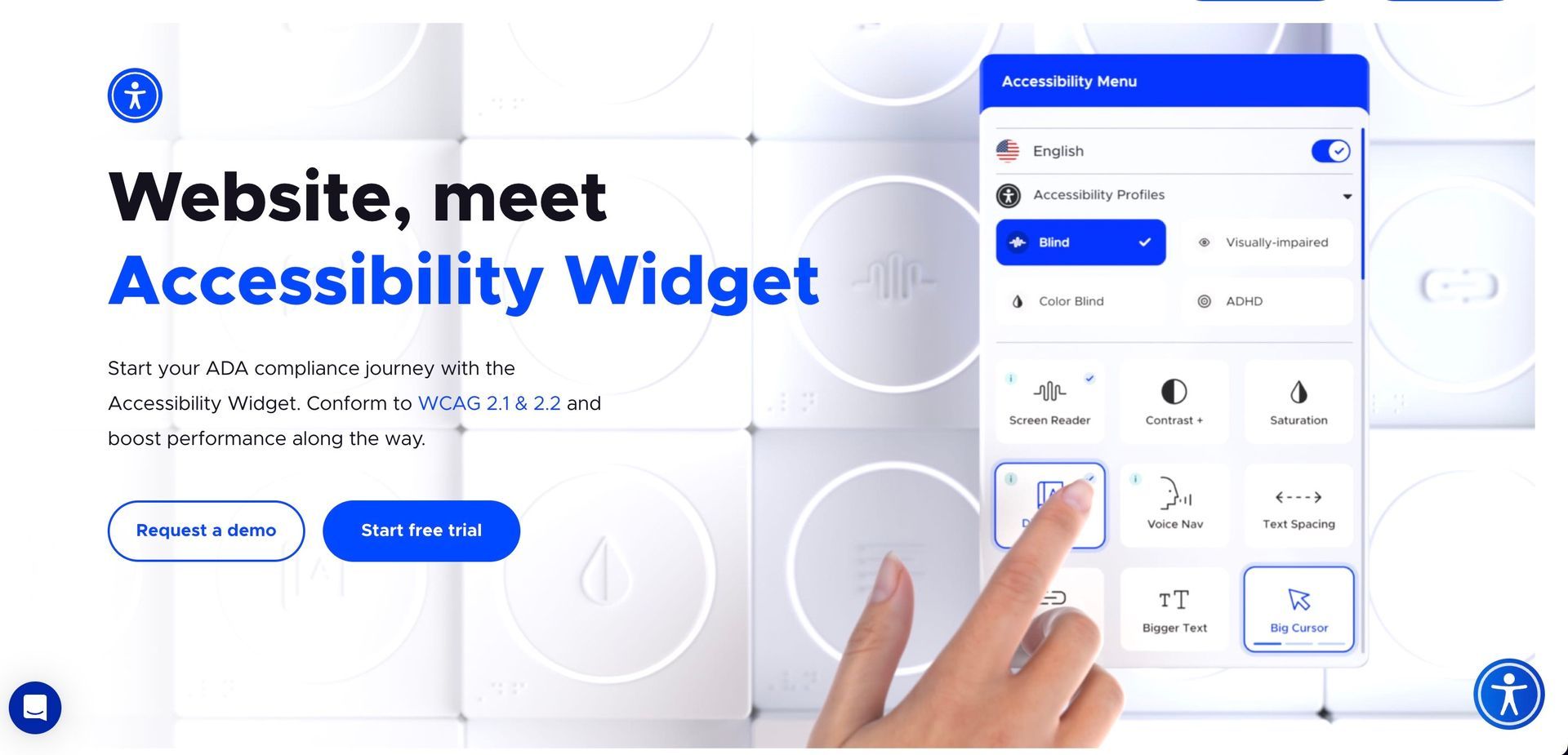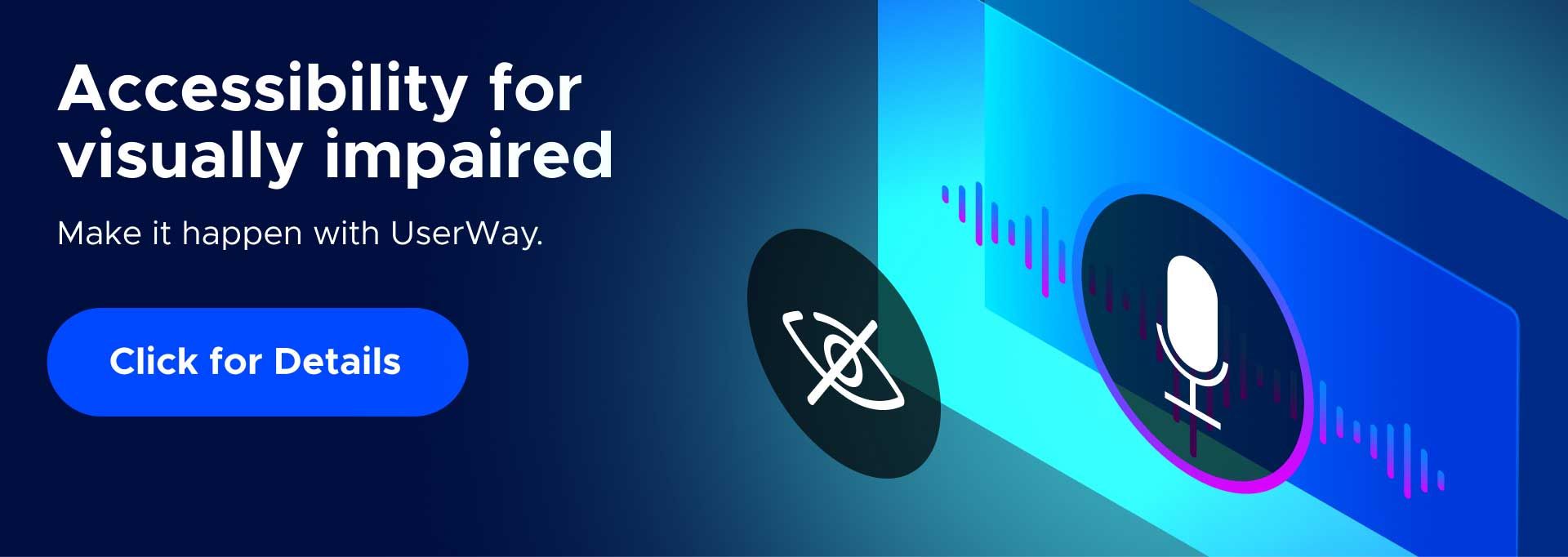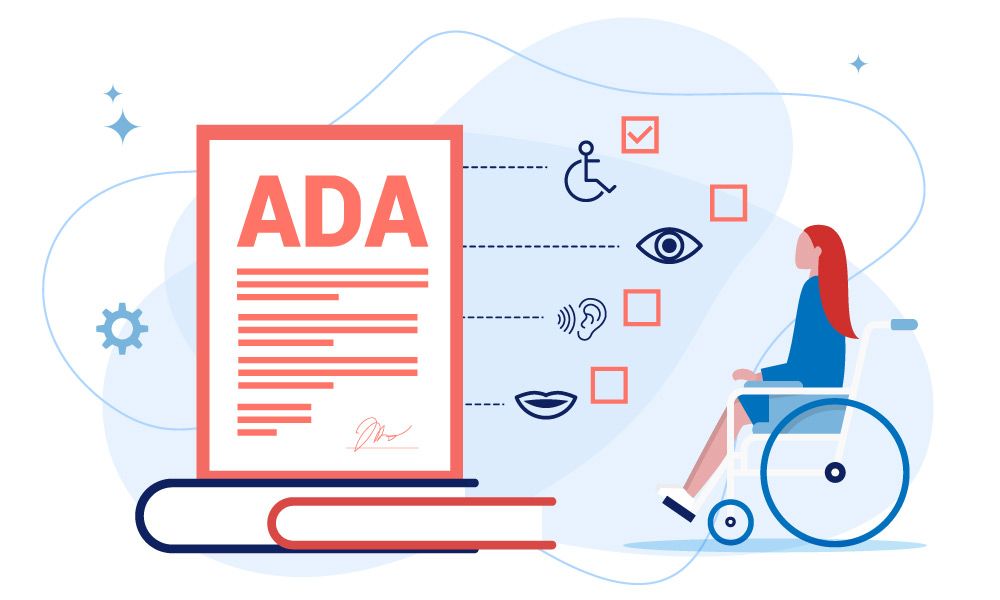Ensuring Accessible Healthcare: Navigating ADA Compliance for People with Disabilities

Accessible healthcare is a fundamental right, yet for people with disabilities, it remains a challenging frontier. The Americans with Disabilities Act (ADA) has laid the groundwork to ensure that healthcare services are accessible to all. This blog aims to guide healthcare professionals and disability advocates through the critical aspects of ADA compliance.
Understanding the ADA in Healthcare
The Importance of ADA Compliance
The ADA furthers rights for individuals with disabilities, mandating healthcare facilities to provide accessible services. As healthcare professionals, understanding and applying these principles isn’t just about legal compliance; it’s about upholding the intrinsic dignity of every patient.
Healthcare Requirements Under the ADA
Under the ADA, providers must ensure physical accessibility and effective communication and adapt policies to accommodate individuals with disabilities. These range from having ramps and modified fixtures to providing sign language interpreters and readable formats for the visually impaired.
Common Healthcare Challenges Faced by People with Disabilities
Facing the Barriers
Many people with disabilities encounter significant barriers when seeking even primary healthcare. Physical barriers, such as steps without ramp access or inadequate equipment, are common. Communication can also be a hurdle, especially for those with sensory or cognitive disabilities. Attitudinal barriers by healthcare professionals can be just as limiting, often stemming from a lack of adequate training or awareness.
Statistics Highlighting the Issues
Numbers often paint a stark picture: According to recent studies, X% of medical facilities don’t meet ADA physical accessibility standards, while Y% of patients with disabilities report difficulties in receiving equal care due to communication barriers.
The Impact of Technology on Accessible Healthcare
Technological Enhancements
The advent of telehealth and assistive devices has made healthcare services more reachable for individuals with disabilities. Tech devices that comply with ADA standards address the gap, allowing for remote consultations and personalized care.
Recent Advancements in ADA-compliant Technology
Cutting-edge tools, like advanced text-to-speech software, user-friendly patient portals, and innovative adaptive medical equipment, are at the forefront of the mission to uphold the spirit of the Americans with Disabilities Act (ADA). By leveraging these technologies, patients with disabilities are empowered to actively participate in their healthcare journey and access the support they need, fostering inclusivity and enhancing their overall well-being.
Case Studies: Success Stories in Accessible Healthcare
ADA Compliance in Action
Let’s delve into a few exemplary cases where healthcare providers went above and beyond in implementing ADA-compliant measures. They took a comprehensive approach, considering every aspect, from designing their physical space to deploying specialized communication tools. By creating accessible entrances, incorporating tactile guidance systems, and providing alternative communication methods such as sign language interpreters and captioning services, these healthcare providers ensured that individuals with disabilities received the highest care and inclusivity.
Outcomes and Benefits
These success stories reflect a significant improvement in healthcare quality for individuals with disabilities. Not only do they foster a more inclusive environment, but they also serve as role models for other organizations to follow.
Legal and Policy Landscape
Keeping Abreast with Regulations
Stay informed about recent legal cases that shape the rules of compliance. By staying up-to-date with these precedents, healthcare facilities can better understand and navigate the complex landscape of regulations and standards. This knowledge empowers them to make informed decisions, adapt their practices, and ensure they fully comply with the latest requirements. Proactively understanding and applying these legal precedents is crucial for maintaining the highest patient care and safety level.
Policy Changes and Proposals
As laws continue to evolve and adapt, so do the requirements for healthcare accessibility. With upcoming legislation on the horizon, there is a potential for a significant redefinition of what is expected of healthcare providers when it comes to serving individuals with disabilities. This could encompass a range of factors, such as improved physical accessibility, enhanced communication methods, and tailored healthcare services to cater to the unique needs of individuals with disabilities. The changes brought about by this legislation have the potential to positively impact the lives of countless individuals, fostering a more inclusive and equitable healthcare system.
How Healthcare Providers Can Improve Accessibility
Practical Tips for Providers
Discover practical strategies to enhance accessibility in your practice. This includes conducting comprehensive facility audits to identify potential barriers, training staff members on disability awareness and inclusive practices, and actively involving patients with disabilities in feedback processes to ensure their unique needs are met. Implementing these measures can create a welcoming and inclusive environment for all individuals.
Advocating Inclusivity in Healthcare Decision-Making
Recognizing and valuing the voice and experience of people with disabilities in healthcare decision-making is beneficial and essential for achieving accurate ADA compliance and enhancing the quality of services provided. By actively involving individuals with disabilities in decision-making, healthcare providers can gain valuable insights and perspectives that lead to more inclusive and effective healthcare practices. This inclusive approach ensures that the diverse needs and preferences of individuals with disabilities are considered, resulting in improved service quality and better healthcare outcomes for all.
Resources for Patients and Providers
Compiling Helpful Information
A curated and comprehensive list of valuable resources can significantly aid patients and healthcare providers understand and effectively implement the guidelines set forth by the Americans with Disabilities Act (ADA). This curated collection not only reinforces advocacy for individuals with disabilities but also serves as a reliable source of support, offering a wealth of information and practical tools to navigate and ensure compliance with ADA regulations.
Conclusion
In sum, ADA compliance is vital for fair and accessible healthcare services. Through consistent education, technology implementation, resource allocation, and inclusive practices, we can make significant strides toward equality in healthcare for people with disabilities.
How can we care for people with disabilities?
Providing accessible healthcare facilities, training staff on ADA compliance, and using adaptive technologies can significantly improve the quality of care
What are the health issues with people with disabilities?
They can include greater susceptibility to secondary conditions, challenges with mobility or communication, and increased risk for certain diseases due to limited accessibility to preventive care.
How can we improve the lives of people with disabilities?
Improvements can be made through policy change, social support, inclusive design in public spaces, and increased employment opportunities.
Join our newsletter
Recent Blog Posts
